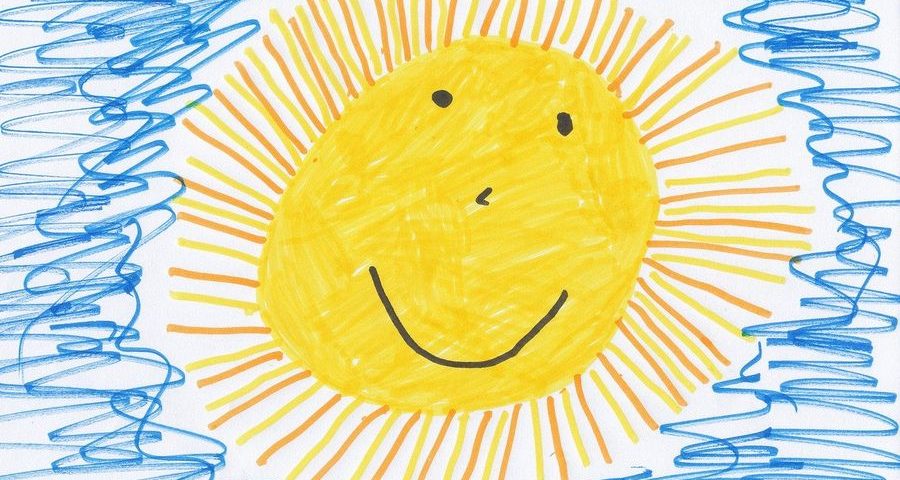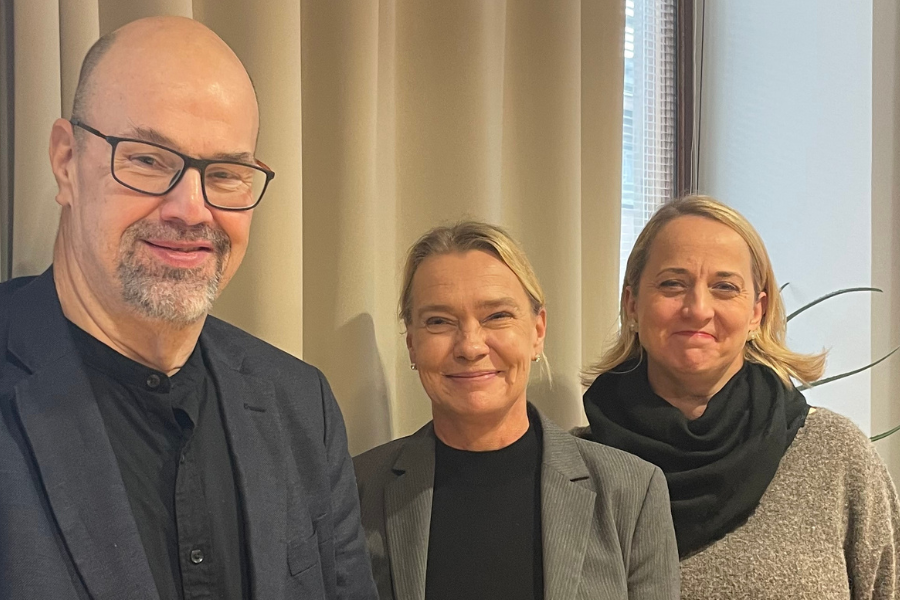
GivingTuesday’s Starling Collective seeks grassroots leaders for 2022 cohort
August 10, 2022
Free global Face2Face online summit returns next month
August 10, 2022Swedish fundraising association Giva Sverige has published new guidance for civil society organisations on the ethical use of images of children for fundraising purposes.
Developed with War Child and SOS Children’s Villages, the guidance is based on discussions with other child-focused nonprofits including Clowns without Borders, Plan Sweden, and Save the Children. These took place as workshops earlier this year during a project run by War Child Sweden and SOS Children’s Villages Sweden to look into the issue.
In the workshops, the nonprofit participants considered whether the rights of children are always taken into account when their photos are used for fundraising purposes, along with the sector’s responsibility in this matter. Also discussed were how visual material can be used in fundraising without reinforcing stereotypes or power imbalances; the public’s growing awareness of the issue; and related topics such as white saviourism and the insights gained from understanding these.
Charlotte Rydh, secretary general of Giva Sverige, commented:
“Through the guidance, we want to increase knowledge of the issue, but also for it to serve as a starting point for organisations that want to develop or revise their own internal guidelines. In addition, the guidelines should encourage a common minimum level of ethical practice in the nonprofit sector.”
The guidance draws attention to the issues surrounding using images of children for fundraising purposes and offers advice to facilitate their more ethical use. Content includes a list of image types the working group has identified as particularly problematic and which therefore should be avoided for fundraising purposes. These include pictures of naked or deceased children, sexualised images, and those of injured children outside of a caring context. A picture of a child with a leg cast can, for example, be considered acceptable but not a picture of a child with an open wound damage.
It also outlines principles for using images of children in vulnerable situations more ethically, including around the giving and withdrawing of consent, the portrayal of vulnerability, and a list of key questions to ask internally when choosing an image. These include considering context, whether the child could choose how they wanted to be portrayed, and whether they were aware they were being photographed and was likely to have been able to give consent.
The guidance is available as a free download from the Giva Sverige site.
Picture by Joduma on Pixabay




